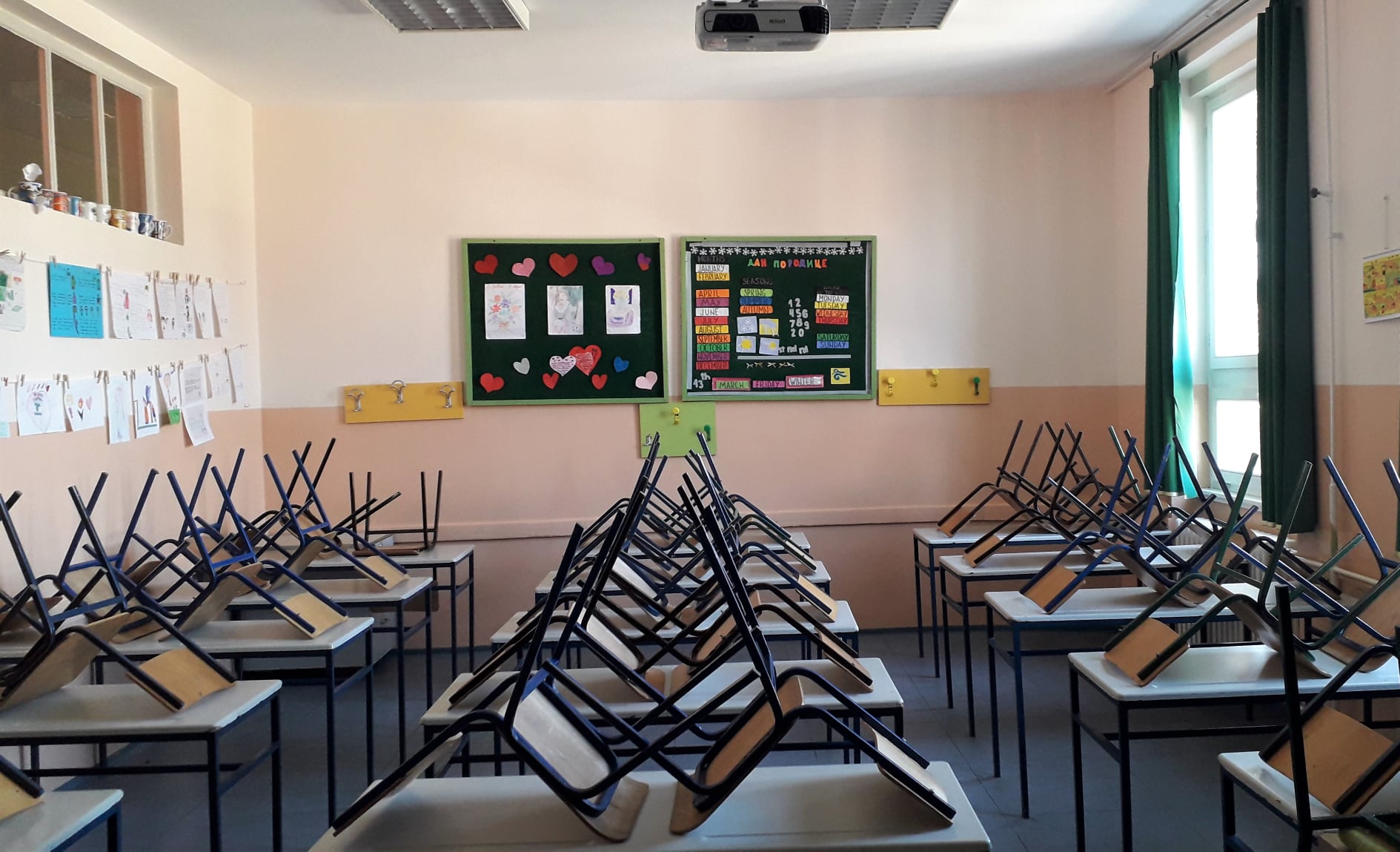By Zev Steinfeld
For many years, there was a small piece of paper affixed to the wall at the back of my classroom. It had three simple Hebrew words on it: Gam Zeh Ya’avor. This too shall pass. It was meant as a reminder—for me as much as my students – to keep things in perspective.
The phrase Gam Zeh Ya’avor is commonly associated with Solomonic wisdom.
When I was younger, the phrase struck a chord with me: life is short, and all our experiences, positive and negative, are fleeting. It kept me grounded, and helped me recognize the value of every day.
A colleague who once noticed my sign remarked that it was a peculiar sentiment to have in a classroom. “It’s so depressing,” the teacher said.
I disagreed. I didn’t look at it as an admission that life is a meaningless journey, a rat race. Rather I saw it as a potent motivator that everything in life, even life itself, is fleeting, and as such we must maximize every day we have.
Lately, I find myself repeating Gam Zeh Ya’avor to myself with increasing frequency, like a mantra. I’m willing myself to see the light at the end of the tunnel.
The Passover seder concludes with the whimsical poem, generally sung, Had Gadya. The term “Had Gadya” itself has found its way into the Jewish vernacular, referring to situations of déjà vu, when it appears the same cyclical occurrence is repeating itself. For teachers in Ontario, and many other locales, at the start of 2021, Had Gadya is exactly how we feel.
We are going back to Zoom classrooms, for a few weeks at least, and I wonder what
it will mean for everyone involved. Back in September, the reopening of schools was met with trepidation and skepticism by many who worried if safety measures were sufficient. How long would it be until an outbreak occurred?
Some students elected to continue their studies via Zoom for health reasons, or out of an abundance of caution. A significant portion of the population simply wasn’t ready. Time will tell whether their ranks will grow again now.
No doubt, distance learning can lead to increased disengagement. It can be hard for students to be self-motivated. Ninth graders who have transitioned into a new school, for example, have a tough enough time as it is without the complex current model necessarily built around distancing. Students are increasingly inclined to seclude themselves in their rooms, after all, if almost everything they need is at their fingertips what impetus is there to change out of pajamas?
The initial novelty of Zoom lessons we felt in March or April has given way to malaise, frustration, and apathy. There is an undeniable melancholy that has increased over these months. Now it is pervasive.
Teachers are passionate beings by their nature. The challenge of engagement is a formidable one, and has evolved over my years as an educator. These days it is almost Sisyphean.
There is no question there is a role for technology in our schools, but the pandemic has also shed light on the importance of actual physical schools, with actual physical classrooms and actual physical teachers. There is something that a school building can do for a student that an online curriculum simply cannot replicate. I am certain of that now, both as a parent and a teacher. I have learned to use technological tools I otherwise likely would not have used and that can only make me better, but I believe more firmly now than ever before in the necessity of classrooms with students and teachers.
I have spoken to colleagues who have expressed the toll online learning has taken on them emotionally, physically, mentally and even spiritually. Do the school administrations appreciate this? Do the lay leaders who populate our school boards truly understand? I hope so. These days, we speak of normalcy as something Messianic, worth yearning for. But ultimately it is up to us to find it. Gam Zeh Ya’avor.
Zev Steinfeld is a teacher in Toronto.
